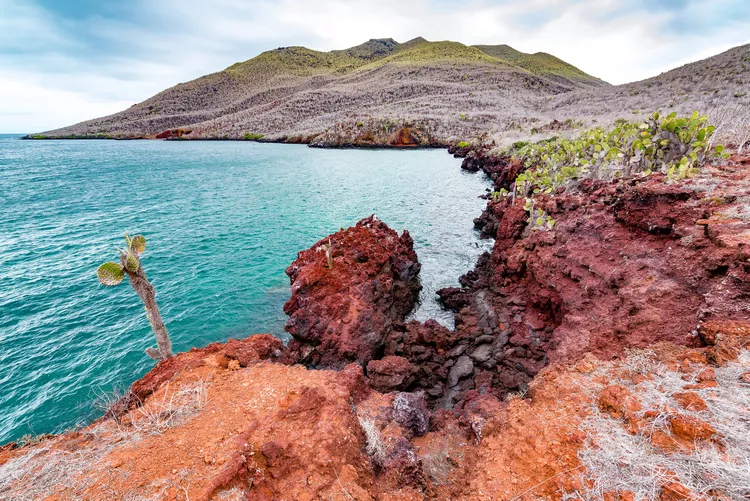Summary of Natural Wonders in South America:
You may know the seven wonders of the world, but do you know the natural wonders of South America? This region showcases a plethora of marvels, including stunning landscapes, diverse wildlife, and unique geographic formations. It is indeed challenging to narrow the list to just a few highlights among the top destinations in South America.
Galapagos Archipelago

The Galapagos Islands are perhaps the most well-known natural wonders of South America and have been celebrated as the world’s greatest living laboratory. Positioned between two cold ocean currents, these islands are home to an astonishing variety of wildlife, including unique species such as the marine iguana and the flightless cormorant, as well as large sea turtles, sea lions, and endemic penguins.
Angel Falls

The stunning cliffs and rock formations known as tepuis were ancient long before the continent of South America separated from Africa. These unique formations harbor lush rainforests and mystical mists, with massive sandstone cliffs. At Angel Falls, water cascades from a height where it takes fourteen seconds to reach the bottom, making it one of the most breathtaking sites in Venezuela, and certainly a natural wonder of South America.
Amazon

The Amazon rainforest spans across multiple countries in South America, including Peru, Bolivia, Venezuela, Colombia, Ecuador, and Brazil. This magnificent rainforest features the Amazon River, which flows over 4,000 miles to the Atlantic Ocean, releasing over 55 million gallons of water per second into the sea. The basin of the Amazon occupies more than two-fifths of South America’s landmass, establishing it as a vital ecological region.
Lake Titicaca

Situated at over 12,000 feet, Lake Titicaca is not only the second-largest lake in South America but also holds the title for the world’s highest navigable body of water. With an impressive area of approximately 3,200 square miles and a depth of about 900 feet, it measures 122 miles in length and an average width of 35 miles, comprising 36 islands.
Atacama Desert

Often misinterpreted as the driest desert on Earth, the Atacama Desert is a narrow strip of coastal land that stretches eastward to the Andes. Its diverse terrain includes lava flows, salt flats, hot springs, and stretches of sand over 600 miles, extending south from Chile’s border with Peru. Despite periodic floods, this region remains one of the most stunning landscapes in South America.
Andes

The Andes mountain range, a relatively young geological feature, spans an impressive 4,500 miles from the northern coasts to the southern tip of Tierra del Fuego. This mountain system is punctuated by active volcanoes that form part of the Pacific Rim of Fire. In regions like Peru and Bolivia, the Andes broaden into several ranges, separated by valleys that nurture agriculture and various settlements. The highest peak in this system is Aconcagua, located along the border of Argentina and Chile, while notable sights like Cerro Fitzroy are featured in Argentine Patagonia.
Lake District / Patagonia

Patagonia, spanning parts of Argentina and Chile, is renowned for its breathtaking glaciers, towering volcanoes, glacial lakes, and rushing rivers. Iconic landscapes such as the Osorno Volcano in Chile and the majestic Perito Moreno Glacier in Argentina are striking reminders of nature’s grandeur, as seen in Glacier National Park, Argentina.
Tierra del Fuego

Covering an area of 28,470 square miles, Tierra del Fuego is located south of the South American mainland, separated by the Strait of Magellan. This region is characterized by its cold, windy climate and dramatic scenery.
Iguazu Falls

Comprising multiple waterfalls that straddle the border between Argentina and Brazil, Iguazu Falls is a breathtaking natural spectacle. When the Paraná River experiences high water levels, the falls almost merge into a continuous cascade, dropping anywhere from 197 to 262 feet into the river below.
Lake Maracaibo

Lake Maracaibo, extending approximately 100 miles long and 75 miles wide, is the largest lake in South America. This unique lake, formed from ancient mud deposits, now houses significant petroleum reserves, making it a valuable natural resource.





